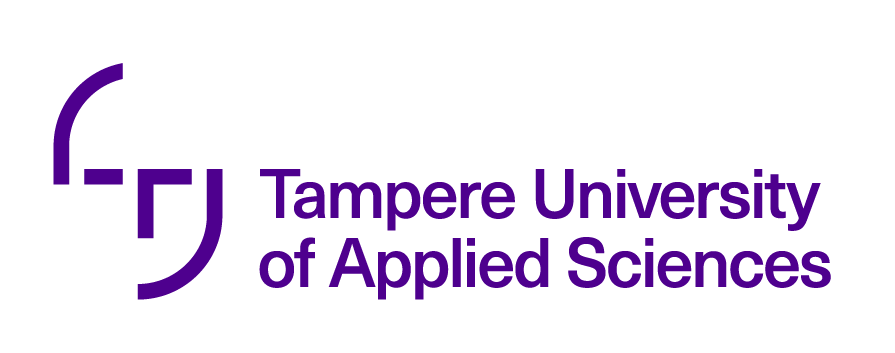Basics of the ICF Classification and GAS Method (3 cr)
Code: 7F00FU76-3003
General information
Enrolment period
15.11.2023 - 01.11.2024
Timing
02.01.2024 - 15.12.2024
Credits
3 op
Virtual portion
3 op
Mode of delivery
Distance learning
Campus
TAMK Main Campus
Teaching languages
- Finnish
Seats
0 - 200
Degree programmes
- Cross-study in the Tampere Universities Community
Teachers
- Maria Maljanen
- Hanna Sahinoja
Person in charge
Maria Maljanen
Groups
-
24CAMPUSONLINECAMPUSONLINE
-
VAPAA
Objectives (course unit)
As a student
• you know what an ICF rating is and know how to justify its use
• you know the importance of ICF as part of clinical reasoning
• you know the structure of the ICF classification
• you can classify data according to the ICF structure
• you know what the GAS method is and know how to justify its use
• you know how to set GAS goals and evaluate their achievement
• you know how to use the GAS method to support rehabilitation
Content (course unit)
Contents
• ICF in general (objectives and use)
• ICF model, structure and classification
• Using ICF with examples
• Use of the GAS method
• Setting GAS goals
• Evaluation of GAS targets (T-score table)
• Challenges of the GAS method
• Examples of GAS objectives
• Use of ICF classification in setting GAS objectives
Further information (course unit)
The course is aimed especially at students in the social and health field and experts working in this field.
Assessment criteria, pass/fail (course unit)
Pass: The student passes all mid-term exams of the course and answers the reflection task of the course.
Assessment scale
Pass/Fail
